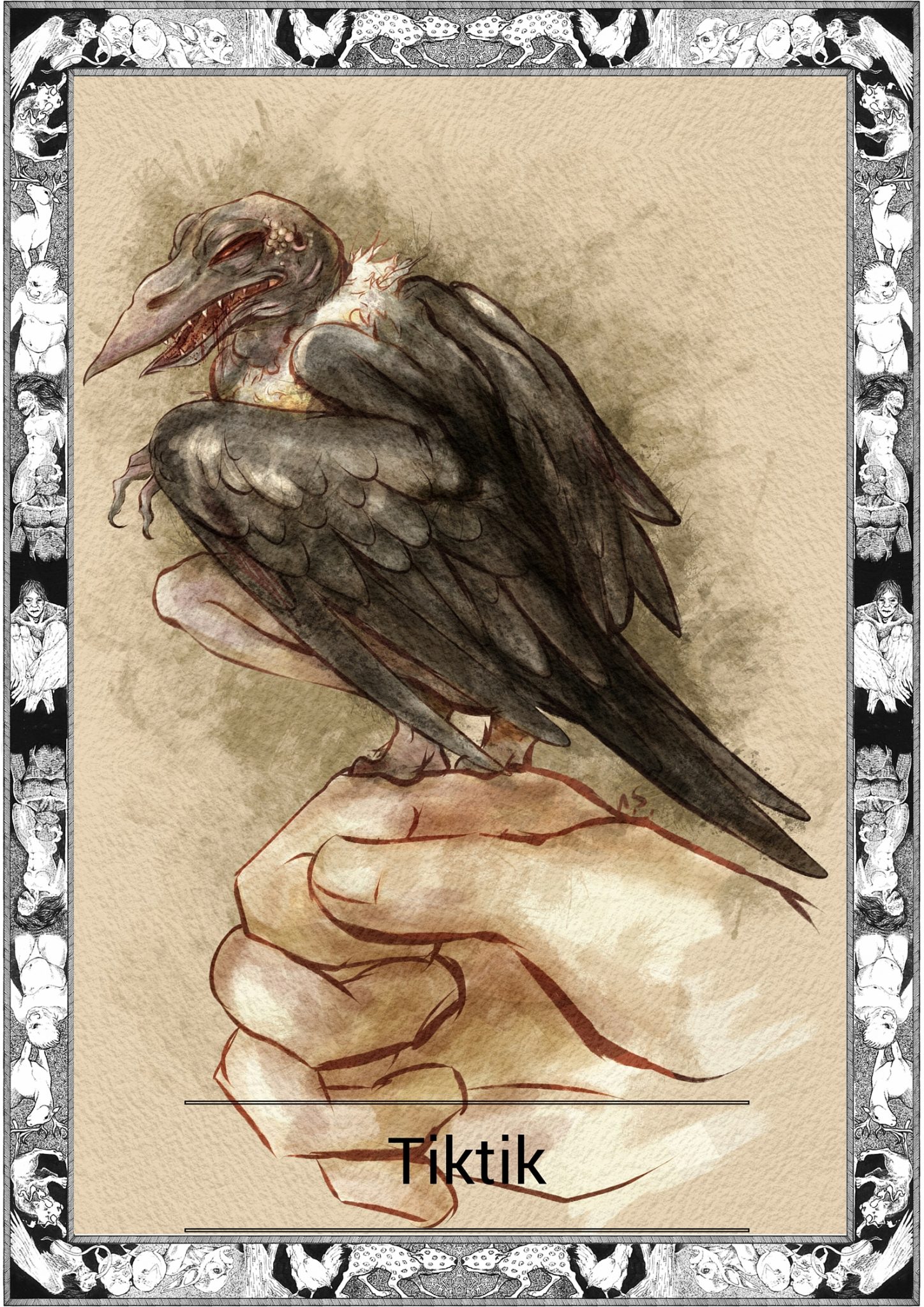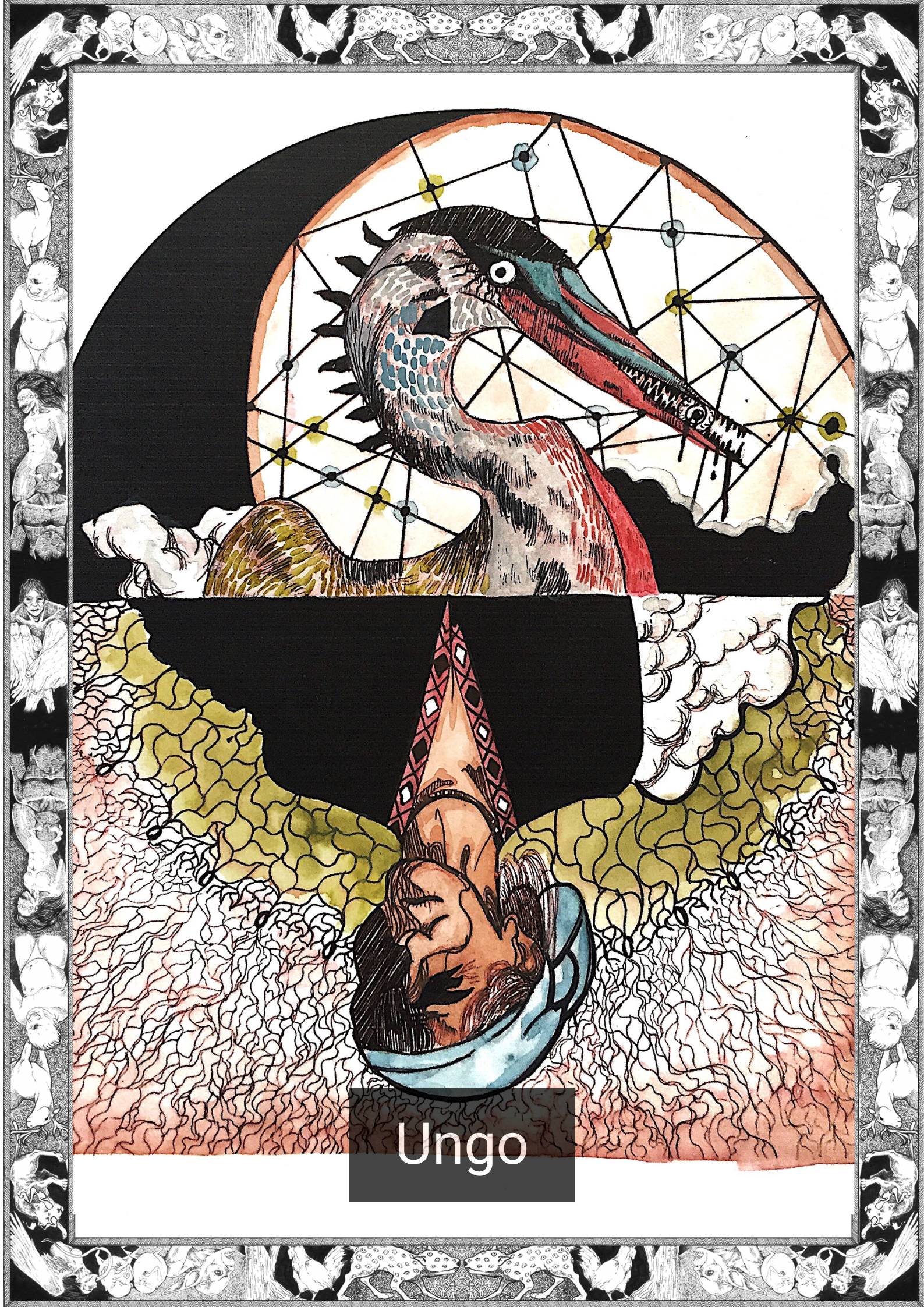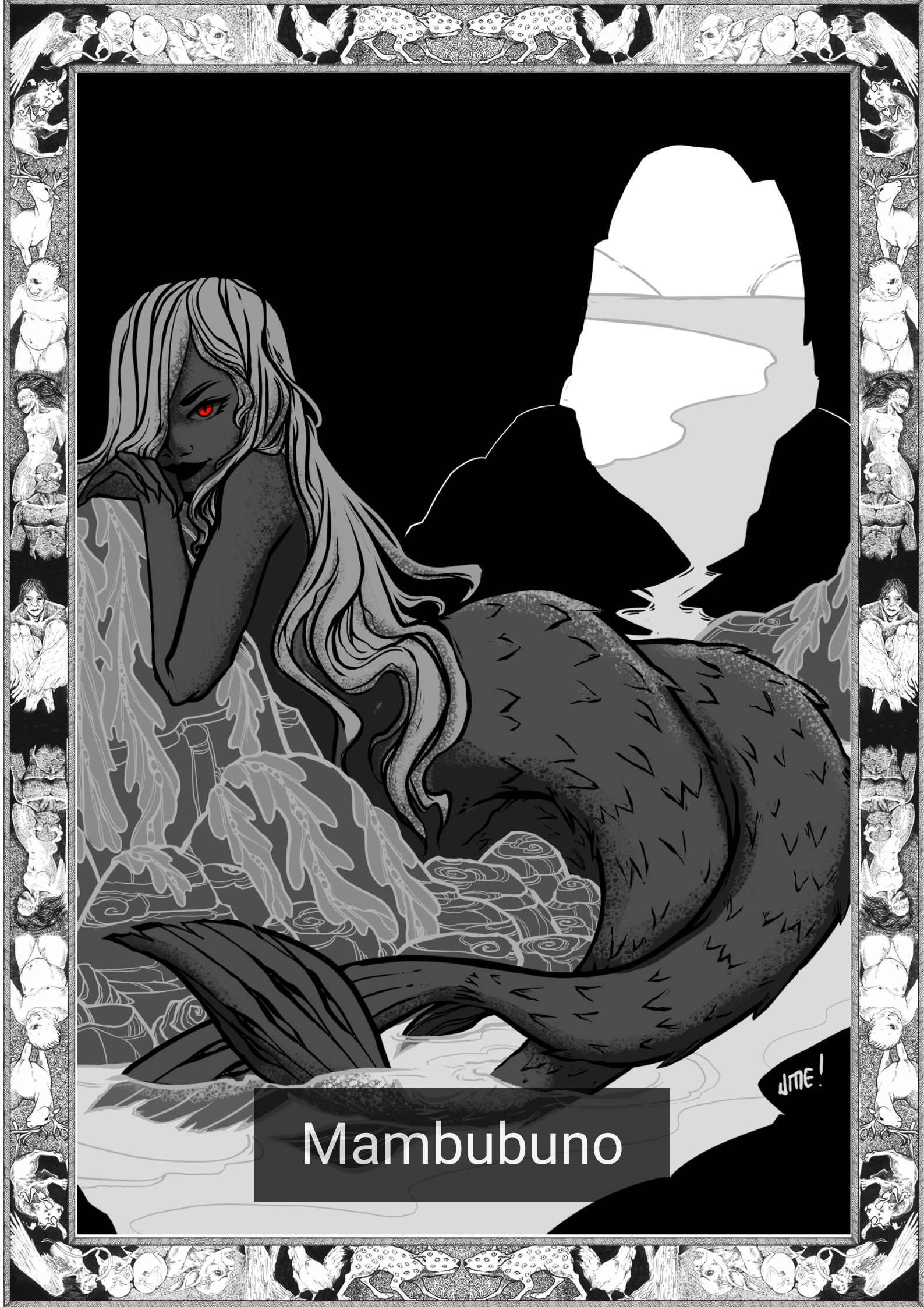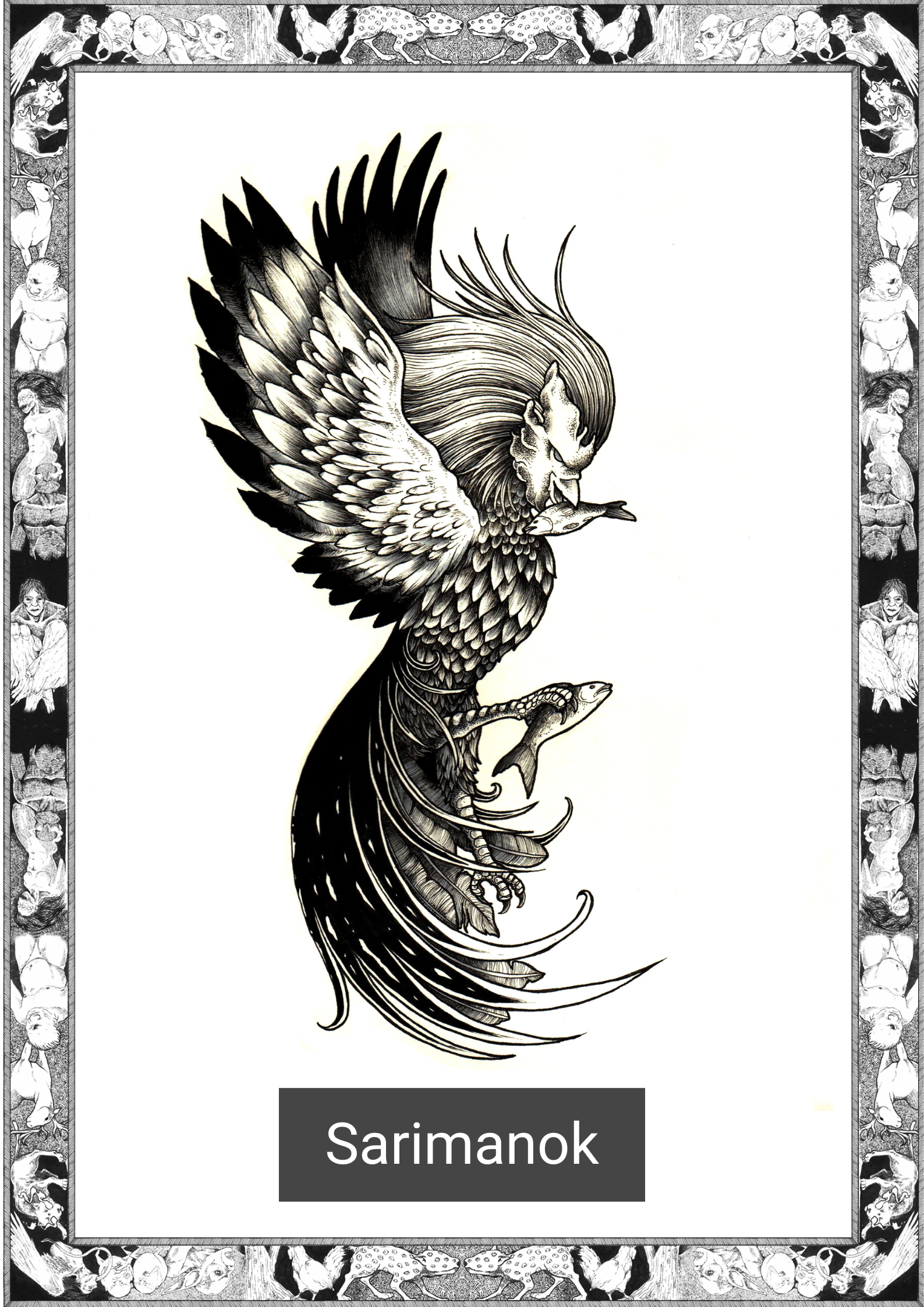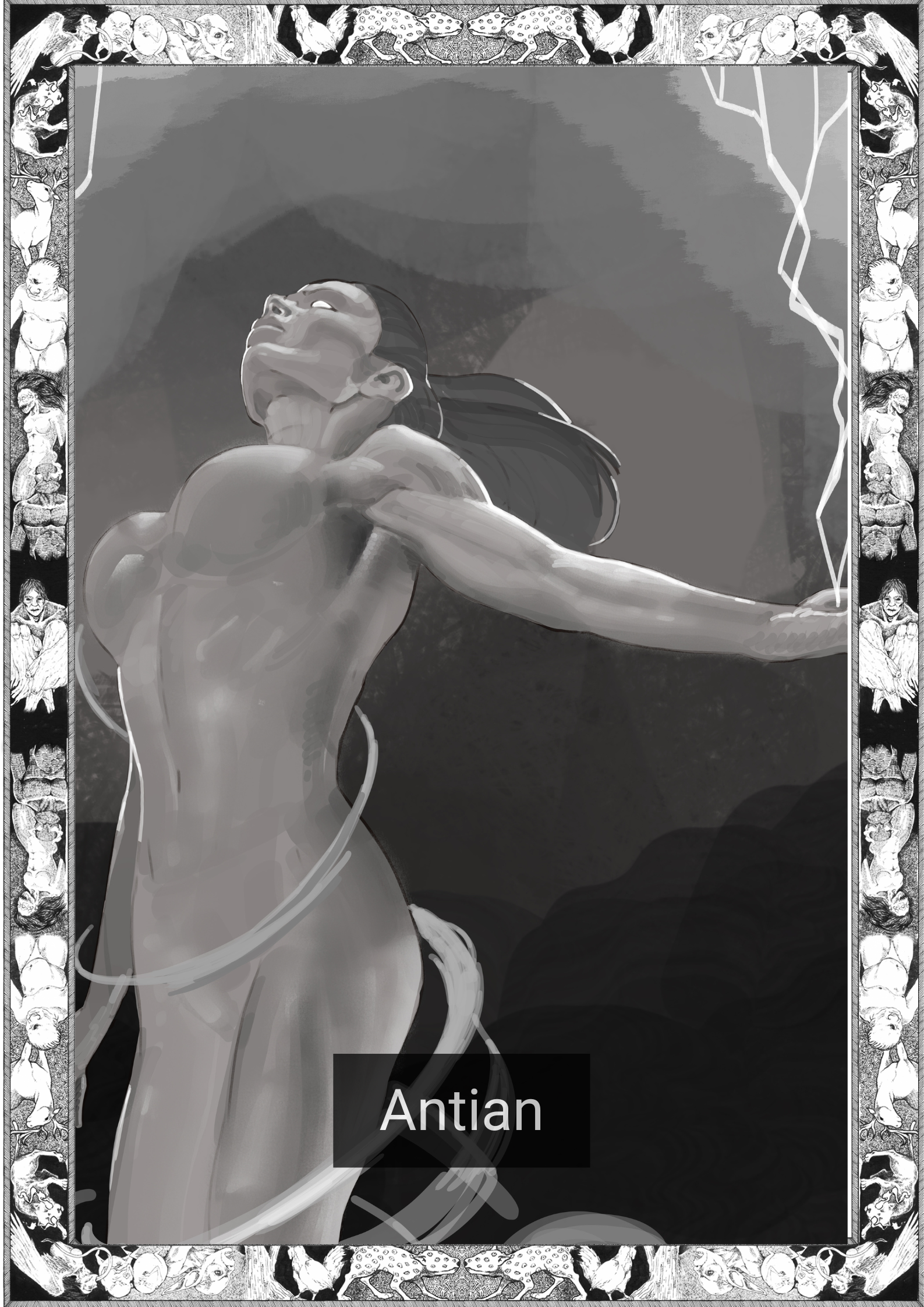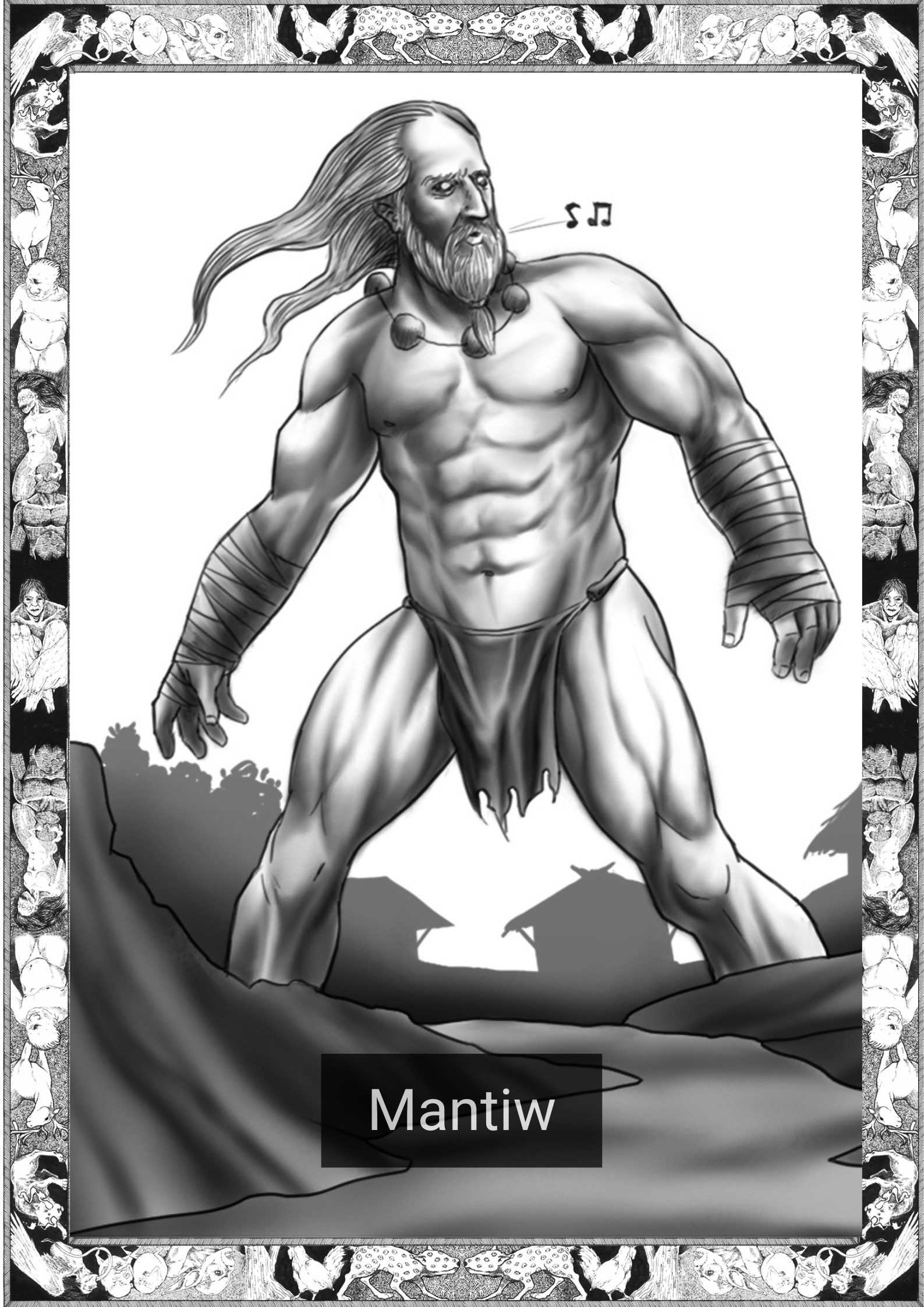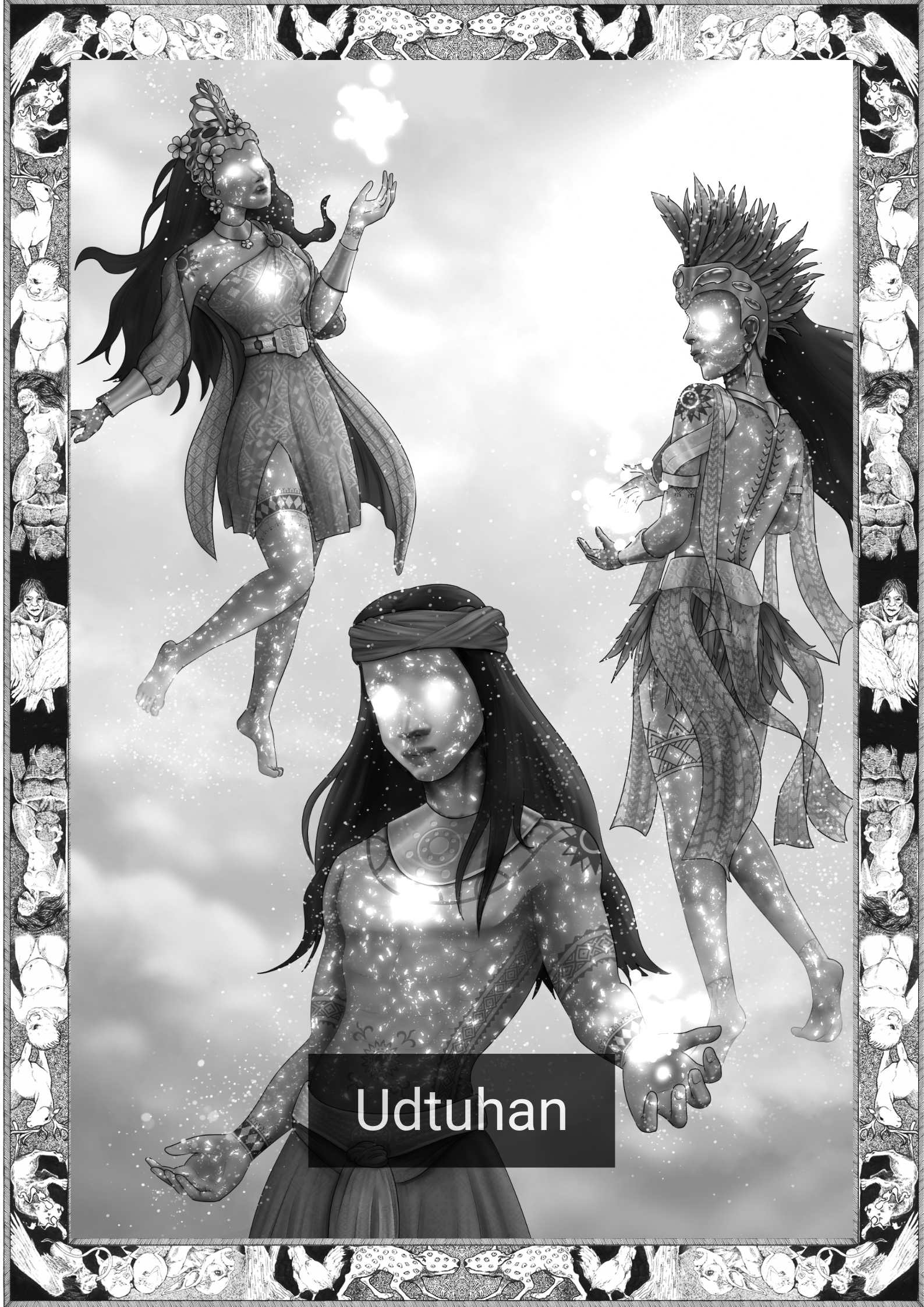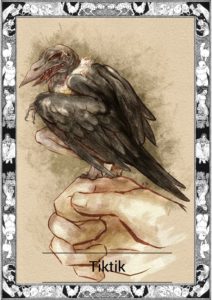
*Note this story is in Cebuano
Porbidang langgam.
Kanunay ko niining ginasundan samtang pauli ko gikan sa tarbaho matag gabii. Dili ko kini makita, apan nasayod ko nga nagpahipi lamang kini sa palibot. Akong madungog ang iyahang sampit:
“Tik! Tik! Tik!”
Hay nako. Maayo nalang nakapalit ko ug headphones aron dili nako mabati iyahang yamar. Kada gabii, magpundo ang langgam sa gawas sa tamboanan ug dili ko mahimutang. Dili usab ko makatulog kay kahibaw ko nga naglantaw kini kanako. Usa lang kini ka bulok nga linalang, apan niabot gyud ang punto nga dili na nako kini maagwanta.
Kagahapon, akong gilabayan ug bato ang langgam dili tungod gusto nako siyang pasakitan, apan aron makabaton lamang kini ug kahadlok. Tinguha ko lang nga dili ko samokon sa langgam bisan usa ka gabii lang.
Sa akong pagpanaghap, hinay diay kini mulupad. Naigo kini sa dagway ug nahulog paubos. Nabuhat man nakong pasakitan ang langgam, makasaad ko nga dili ko maharoson nga pagkatawo. Dali-dali nakong giduol ang langgam ug nakit-ang wala na kini naglihok.
Ang maong langgam dili tuod sama sa mga kanhing langgam nga akong nakita: maot kini ug hitsura, pirting maota. Dili ko segurado kung unsaon ko ni pagbatbat. Mura kini ug dagway sa usa ka gilusngo nga langgam. Dili pod ko uroy makatan-aw sa iyahang magil-as ug puwa nga mga mata.
Ang hilabihang baligho sa akong panan-aw mao ang liog sa langgam. Aduna kini’y kulyar. Kinsa ba gyuy buang na muamuma ug binuhi na sama niini? Nakasulat sa kulyar ang palabra nga “Aswang” ug nakahunahuna ko nga angay lamang kini sa maong maot nga langgam. Wala kini numero o adres o bisan unsang impormasyon busa gihiluna ko ang langgam diin dili kini matugaw.
Nakabati ako ug tanlag busa akong pangitaon ang tag-iya sa langgam aron mangayo ug pasaylo, apan lisod kini buhaton. Wala ko kahibaw diin magsugod. Tingali nasayod ang tag-iya kung asa nagalatagaw iyahang binuhi karong mga gabhiona.
Hinaot iyaha kong mapangita.
=———————=
English Version
That damn bird.
It’s always following me every night on my walk back form work. I can’t always see it but I know it’s there. I can hear its annoying call. Tik-Tik-Tik. Ugh. I’m glad I bought new headphones to help me deal with that. Every night it’s outside my window and it’s driving me insane. I can’t sleep knowing that it’s there watching me. I know it’s just some dumb animal but there’s a point where I just can’t stand it.
I finally had enough and I threw a rock at it yesterday. I didn’t want to hurt it, just scare it enough so I could have one night without being bothered, but I guess it was slow. I hit it right in its face and it came crashing down. I’m not a violent person, I swear. I rushed to see if it was okay and it wasn’t even moving.
It wasn’t like any kind of bird I’ve ever seen before. It was ugly, really ugly. I don’t even know how to describe it. It was as if someone took a regular bird and distorted it. The eyes were… I couldn’t even look at the eyes, they were red and gave me the chills.
The strangest part was the bird’s neck. It had a collar on it. What kind of crazy person has a pet bird like this. It read “Aswang” and I guess that’s an appropriate name for a bird as ugly as this. There wasn’t a number or a return address or anything like that so I put the bird’s body somewhere it wouldn’t be bothered.
I feel bad so I’m going to try to find its owner and apologize. But it’s going to be hard, I don’t even know where to start. Maybe the owner knows where his pet has been going all these nights.
Hopefully he’ll be able to find me.
=—————————=
*The Cebuano language, alternatively called Cebuan and also often colloquially albeit informally referred to by most of its speakers simply as Bisaya (“Visayan”, not to be confused with other Visayan languages nor Brunei Bisaya language), is an Austronesian regional language spoken in the Philippines by about 21 million people, mostly in Central Visayas, western parts of Eastern Visayas and most parts of Mindanao, most of whom belong to various Visayan ethnolingusitic groups, mainly the Cebuanos. It is the by far the most widely spoken of the Visayan languages, which are in turn part of wider the Philippine languages. The reference to the language as Bisaya is not encouraged anymore by linguists due to the many languages within the Visayan language group that may be confused with the term.
Written by Karl Gaverza
Cebuano Translation by Melaine Mendez
Copyright © Karl Gaverza
Translation Copyright © Melaine Mendez
Story inspired by the Tiktik description in Bikol Beliefs and Folkways: A Showcase of Tradition. Nasayao. 2010.
Tiktik Illustration and Watercolor by Nightmaresyrup
Tumblr: http://
.
